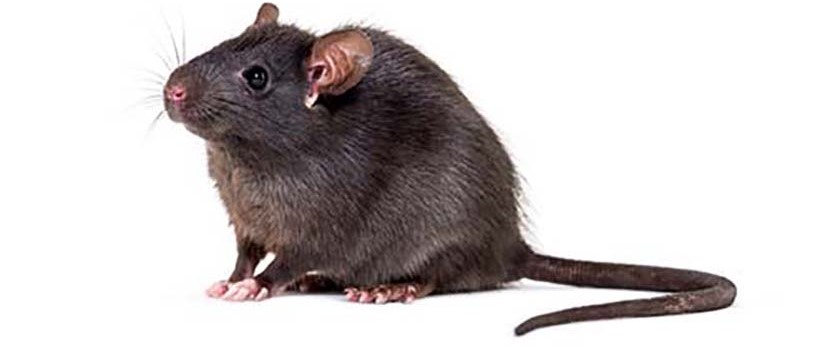One trait that I have always found kind of cool is that of the skin of an African Spiny Mouse. These animals have very thin skin. Because of this, it heals faster than a normal mouse's skin. Specifically, two species native to East Africa, A. kempi and A. percivali, are able to get rid of unwanted skin when they are trying to escape capture from predators. Their wounds may look really bad at first, but within twenty four hours after the injury, the wound shrinks significantly. This is because their skin grows twice as fast as other wounds, (that are similar) in other mice. How cool is this! (Britannica) It would be interesting to see what exactly causes this, so we could see if somehow we could replicate this in humans. This would mean quicker healing skin injuries and a smaller chance of scarring. This is definitely something that would be intriguing to look in to!

(Here is a picture of some African Spiny Mice taken by Athanasia C Tzika, Univseriy of Kentucky, and University of Nairobi)
Anyways, the second part of the prompt for this blog post asks what adaptations there have been for this specific trait. After doing some research, I found the following information. According to Ashley Seifert, a developmental biologist at the University of Florida in Gainesville, she mentioned that it is rather unlikely that these mice's skin evolved a new way of regrowing tissue, but instead they probably have had genes that direct regeneration switched back on, (Nature). Ashley compared this gene regulation to salamanders, as I guess they have a similar mechanism! (Nature). Obviously, the mice would have had to evolve in order to get to the point where the gene was switched on. Since I could not find any information on this, I am unsure on how we could do this. Does anybody have any ideas? I also found that the fast skin regeneration could be caused by microphages that the mice have, (elifesciences). Which explanation do you think is the right one? Or do you have another hypothesis? Additionally, do you think that studying these mice can help us find a way to help heal human injuries faster? I have listed my sources below so you can take a look at the information.
Sources:
https://www.nature.com/articles/nature.2012.11488
https://www.britannica.com/animal/African-spiny-mouse (1)
https://elifesciences.org/articles/24623
